I'll reveal to you now though, that while it might seem like I was writing about ancient myth, I was really writing about the New York Times.
Think about a monster that:
- Does not possess any real power of its own, but mobilizes others by setting acceptable opinions
- Can freeze a target merely by centering it in its journalistic gaze
- Can ostracize, defame, or destroy
- Has extensive powers of surveillance
- Masks the power of others, presents a face for other interests
- Enjoys all these powers through accumulated prestige
The media today is the Medusa. If you try to do anything notable outside the bounds of the longhouse; organize a local club, start a business, publish a blog, launch a political campaign, even post memes, you can be sure that once your project reaches a certain size you will have journalists knocking on your door. They might be employed by a media outlet or they might even be "freelance researchers" who make it their business to dox and harass those they disagree with. Once put on the target list, you can be followed up with by any busybodies who take their cue from the national news media. A profile piece for these people is an invitation to dig further, like being marked with "ATTACK" pheromones by the first few scout ants. Once on the target list, you can be sued, investigated and fined by local officials, or hauled before Congress, you can have people show up outside your house, and you can be arrested or even invaded.
As for the outright evil projected into the world by the media, insanities that no one could even contemplate unless they were hammered into people's ears and eyeballs 24/7, consider that no social initiative of the last several decades could have been possible without their tireless efforts. For these people, their platform is just a means to propagandize the masses, nothing more. Their sins are so substantial that they actually make up the entire superstructure of that thing we're fighting against, a lurching construct whose substance is entirely lies.
Taking Down A Monster
I want us to destroy the power of the media and put its head in a bag for our own use, the same way Perseus did to Medusa.
So how to resist something like this? You could use the power of the media against itself, like how Trump hacked their obsession with him into waves of free coverage, which he rode all the way to the Presidency. You could adopt anonymity and build networks that are resistant to scrutiny, in the way that many online communities operate. You could launch a moonshot legal project to try to get New York Times v. Sullivan overturned and finally make it easier to sue the media for libel, which as a result of this decision is uniquely difficult to do successfully. All of these are examples of interesting approaches to dealing with the media, but today we're looking at the media's lifeblood: advertising.
There's so much f*ing advertising in the United States it's unreal:
- Direct spending on ads topped $330 billion in 2022
- Advertising supported $7.1 trillion in sales activity in 2020
- 20% percent of total U.S. economic output is driven by ad spending
For many decades most of that massive river of ad dollars went directly to media: newspapers, radio and TV; they were the ones with the reach to propagandize the masses into buying products. Where before journalism had been rather seedy, characterized by sensationalism and muckraking (much like Con Inc. media today), the mainstream media was able to use this new wash of ad dollars to build eminent newsrooms that succeeded in earning the public's trust. Meanwhile competing voices were nowhere to be heard: distribution was too costly, advertisers wouldn't spend with small outlets, and in some cases inconvenient voices could simply be forced off the air. Life was good for big media. At the apex of their power they even unseated a President.
Then came the internet. The aughts saw the rise of Big Tech like Google and Facebook, which also made their money off of ads and actually managed to peel off a significant chunk of ad dollars away from legacy media, thereby earning their eternal enmity; which is why Mark Zuckerberg was hauled into Congress after the 2016 election, and Jeff Bezos bought the Washington Post for protection.
Since then, some media organizations like the New York Times have managed to build a subscription revenue base (in the future we'll all be Substackers) but media revenues are still driven overwhelmingly by ad dollars. More than two-thirds (69%) of all domestic news revenue is still derived from advertising.
The NYT is uniquely prestigious, which allows it to win more subscriptions than other media institutions. Everyone else relies on ad dollars for the majority of revenue.
So here's the circular media cycle: brands advertise in media outlets, those ads influence purchasing decisions and convince consumers to buy products from brands, and brands re-invest that money to launch new products and new ad campaigns, and the circle continues. There are ancillary flows as well: when brands spend on ads, they also they pay ad agencies to create campaigns. They spend on lobbying too.
This cycle can be interrupted in a number of ways. The recent Bud Light boycotts are a perfect example. Consumers, outraged over an ad, stopped buying from the Bud Light brand, thereby effectively destroying it. As of today, Bud Light ranks 15th among American beers, a precipitous fall from the top slot it enjoyed as the number one American beer brand as recently as six months ago.
While it seems that it's sometimes possible to bring down a brand, it's harder to do the same with media for a number of reasons. Firstly, there are many more brands than top media outlets, which gives big media enormous resiliency. Secondly, the media is much more influential than any one brand and has more capabilities; it can directly advocate for itself, boost supporters, and attack opponents, all with the appearance of objectivity. Just like with Perseus and Medusa, direct attacks are unlikely to be profitable.
Diverting a River
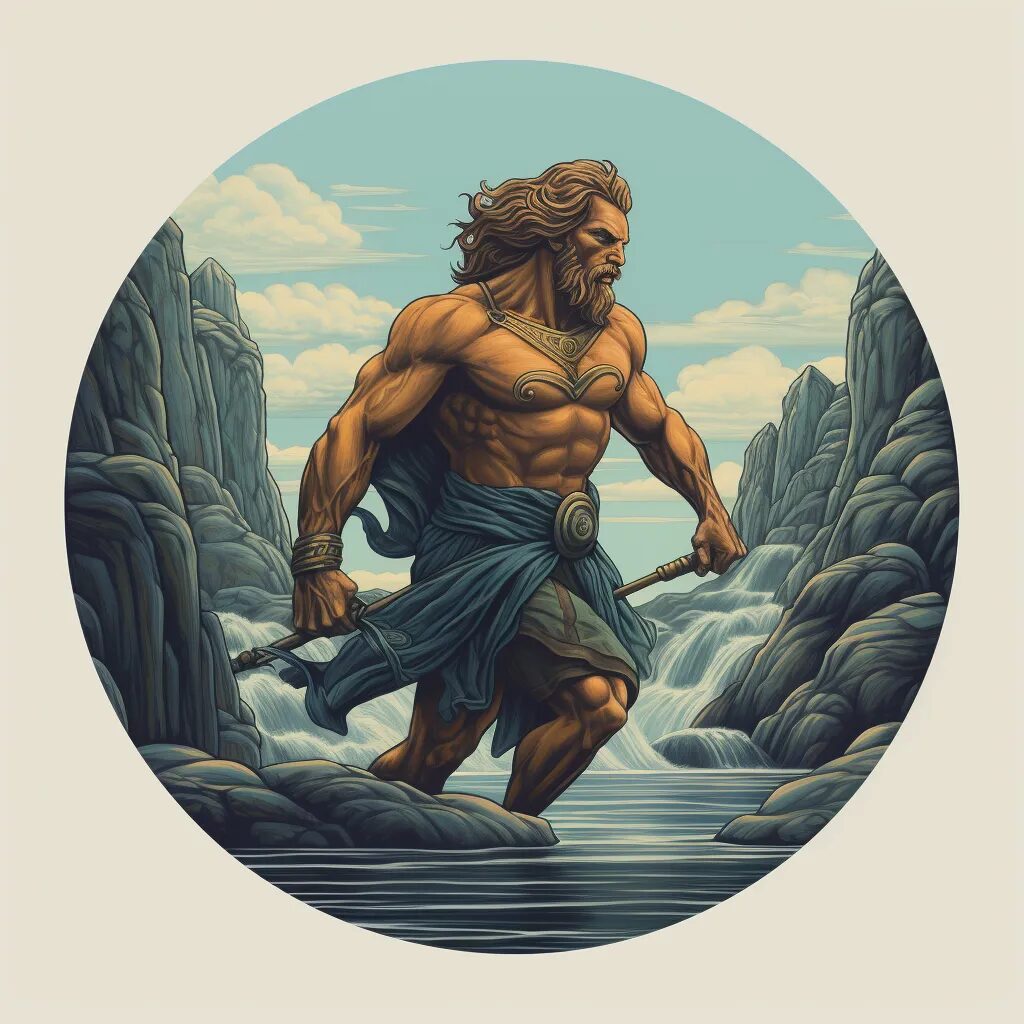
Isaac Simpsonwriting at The Carousel has so often pointed out, the American consumer base is fractured and ready to quit their old brands, they look for alternatives. 75 million people voted for Trump. How many more are health skeptics, homesteaders, crypto heads, "domestic extremists?" Anywhere there's a fault line, that's a consumer group that's ready to drop out of the mainstream. We can sell to these people and take money away from our enemies.
Publications like Man's World, Passage Press, IM 1776, and Revolver News are impressively successful alternative media projects. So too are the constellation of Substacks, and the small army of independent writers who write for pennies. These things are incredibly important: every view denied to mainstream media in favor of alt media hastens the decline of their influence. Our space, perhaps uniquely, gets a lot of views. A study I conducted of Twitter users (n = 103) found that just the survey respondents alone got 170 million collective views in one month.
But while dissident writers have managed to carve out a free conceptual space on the frontiers of the internet, it is not enough. This activity has to be translated into resource-gathering.
The scene needs to be supercharged with advertising. Ad dollars are the difference between a magazine that limps along with donations versus a magazine with explosive growth. Ad dollars let you reach larger markets, pay for quality, fund cool projects, hire your friends, and be independent.
We want to build media juggernauts, the giants of the new counter-culture, but we have to start with brands first. If mainstream brands won't advertise with Man's World, we simply need to create brands that will.
The consumer packaged goods market in the United States is hundreds of billions of dollars. People need to buy basic supplies on a recurring basis. There's no reason why anyone in our sphere should be buying staples like paper towels, razors, or shampoo from Proctor & Gamble who hates us. All of these are relatively undifferentiated products that people only purchase because they are familiar with them, that is, they have formed para-social relations with the brands because of advertising, meaning they are perfect targets to be replaced by products from people in our sphere who can make better ads and better relationships with those people who are ready to drop out of the mainstream. We should be building those brands.
(Incidentally, the left is great at this; there's a whole network of green alternative consumer brands that support legions of full-time activists with day jobs.)
Here's a list of things that can be sold with advertising and easily shipped from anywhere:
- toothpaste
- soaps, shampoos
- skincare products
- pantry staples: salt, oil, baking soda, butter, and spices
- cleaning products: paper towels, bleach, sponges, sprays
- facial tissue, toilet paper
- cigarettes, tea, and coffee
- clothing
- diapers, wipes, baby products
- tanning oils
- scented candles
- razors and shaving creams
- over the counter medications like aspirin, burn balms, or medicinal teas
- cosmetics
These brands will then buy advertising with aligned publications and complete the cycle. Publications will be able to quality control and ensure ads are beautiful to look at (beautiful ads only, no Con Inc. foot cream ad package buys here please). Ads will be content, people will looks forward to seeing them and be much more likely to buy from them because ideological affinity.
With the ad dollars, publications can pay for investigative journalism, and video, and even more ambitious projects. Over time, the whole assemblage will grow, attracting even more attention and dollars. More people will be able to make a full-time living in our space; they will be able to do more and better work, sending our memes into the world where they can grow and attract even larger markets.
The effect this will have on mainstream media over time will be considerable. Even if only a relatively small amount of revenue is peeled off (1-5% of hundreds of billions), it will sustain a comparatively much larger relative base of aligned media projects, because our dollars will stretch further: we aren't weighted down by bloat.
If the sphere does manage to displace a brand from the market, or outright destroy a brand through direct memetic confrontation (as was the case with Bud Light), it will have outsize effect: because most of these companies are publicly traded, even small impacts to revenue can have large effects on share price, an instant feedback effect that can provoke quick shakeups at the management level.
Consequences
The goods news is that by several measures the news media is in already in decline. Newspapers are shutting down, radio listeners are declining, trust in the media falls every year, and every year there are fewer journalists. Even the premier organizations like the New York Times, which are growing, are forced to rely more on digital subscription revenue and compete with independent content creators on their own turf. This is actually wonderful news: as an individual creator you never had any hope of convincing Mercedes Benz to stop advertising with NYT, but as a Substacker you could plausibly convince dozens or even thousands of readers to cancel their NYT subscriptions in favor of your publication.
And because the NYT derives a lot of prestige from its ability to set the agenda for all other media orgs lower down on the prestige pyramid, even if we can't affect NYT directly, by chipping away at the smaller media orgs we'll be able to reduce its prestige. A bully never appears quite as strong when his friends are removed.
As the parallel economy grows, you'll see strange disruptions. Non-premier organizations will continue to go bankrupt. Some of our own brands will unexpectedly take off. Imagine a world where Sol Scents is the #1 casual fragrance brand for young men in the United States, doing over $100 million a year in direct sales. Imagine the gyms he could build! The private ball-tanning rooms with open roofs! The parties!
Some of our publications will truly explode: Rolling Stone was just a counterculture rock mag once, there's no reason why Man's World can't achieve a similar trajectory and become the new voice of the vitalist generation.
All this can be done: we have the people, we have the distribution channels, we have the $$$, and we have the will.
In summary the plan is:
- Build and grow based brands selling simple consumer products with a focus on quality and identity connection / resonance
- Based brands advertise in friendly media publications and gain new customers
- Media publications grow in capability and influence
- Media publications directly sponsor better art and contents

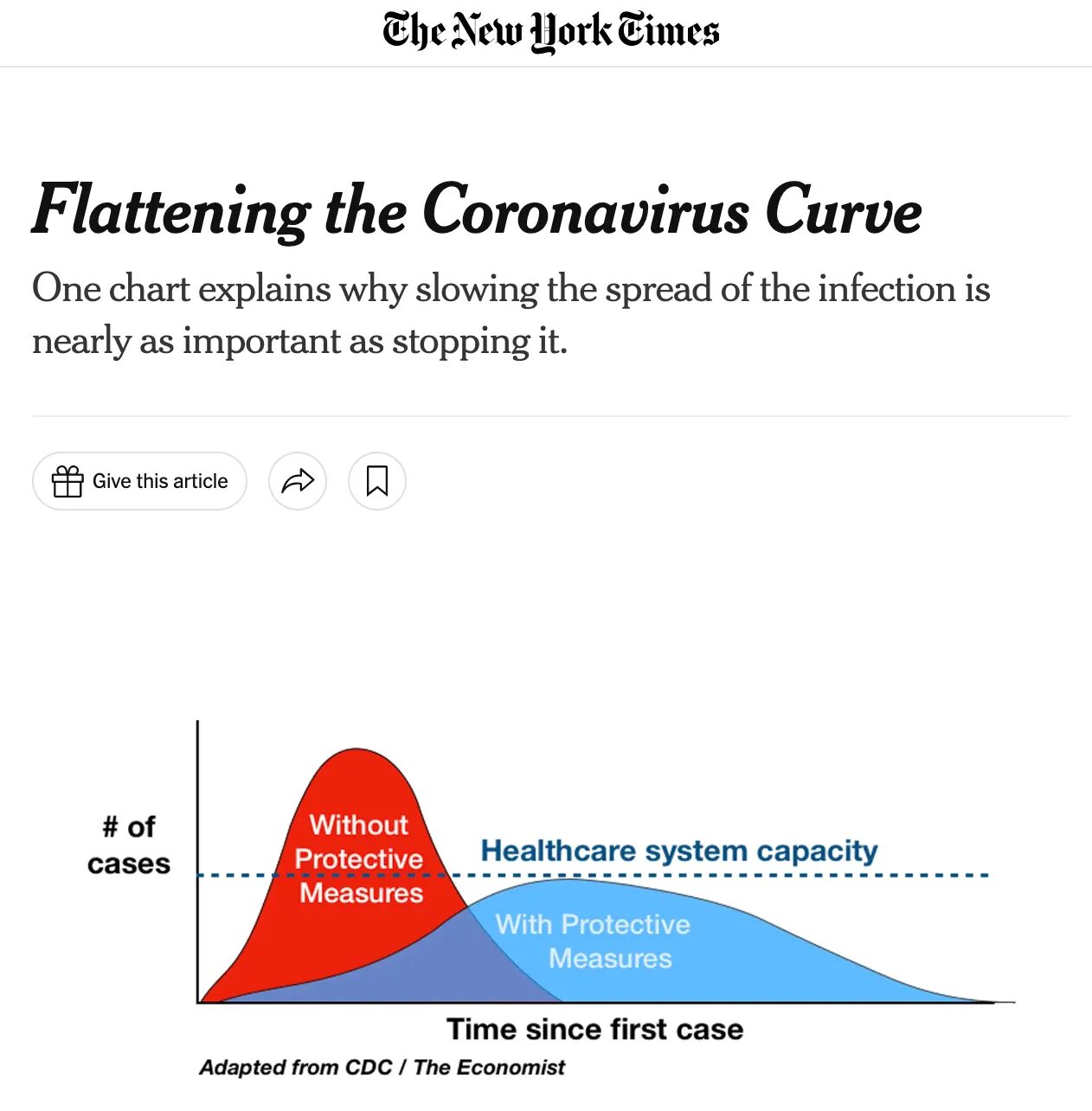
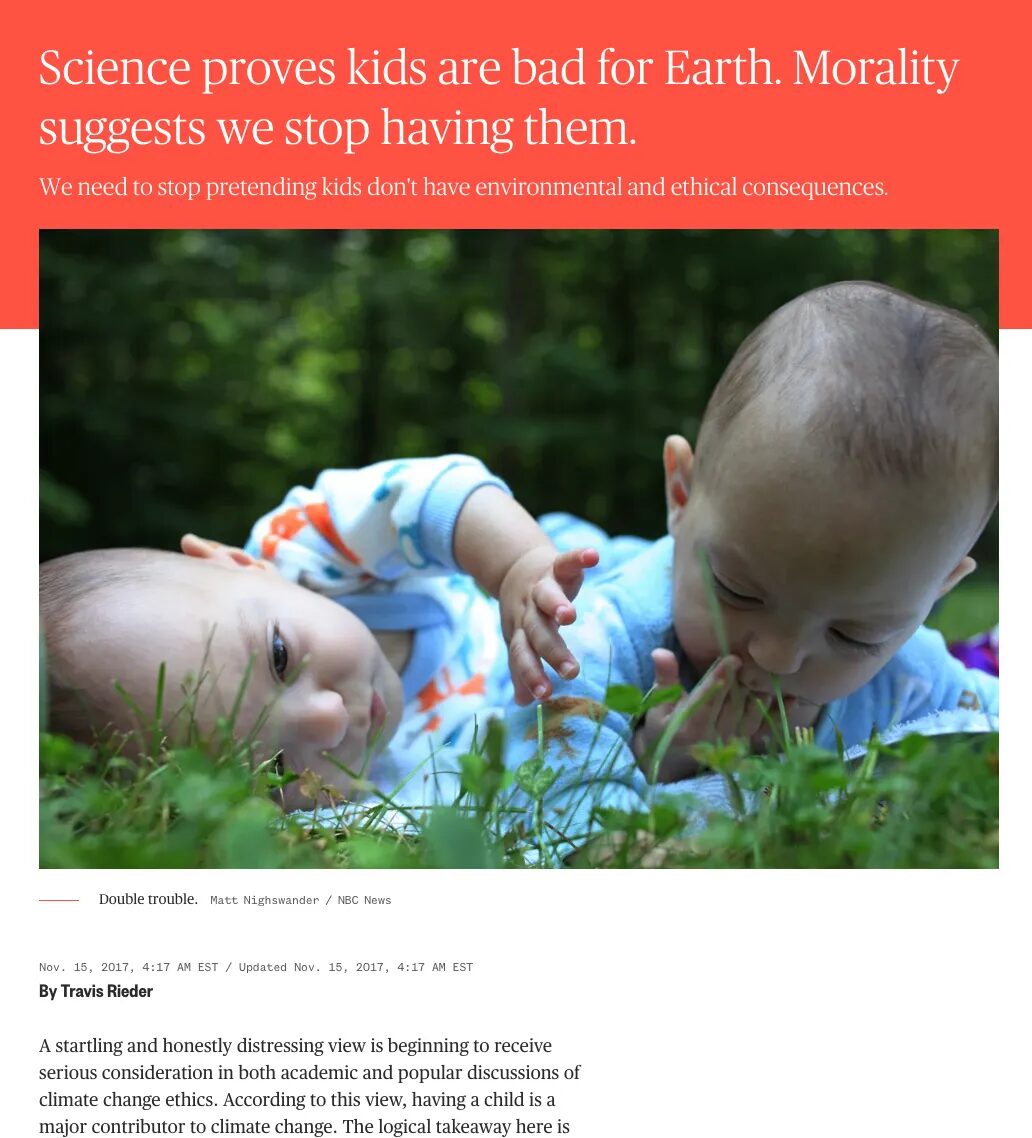

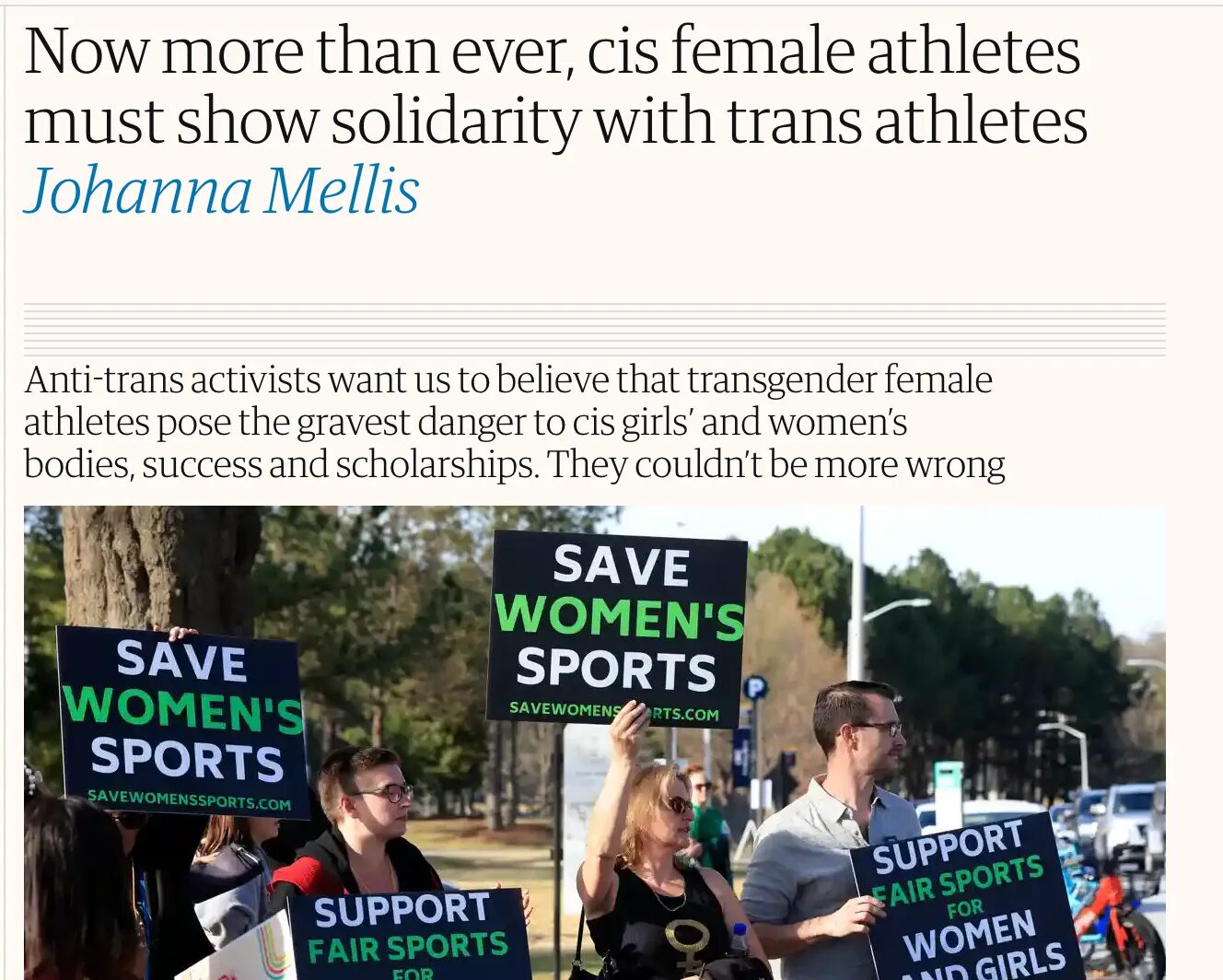
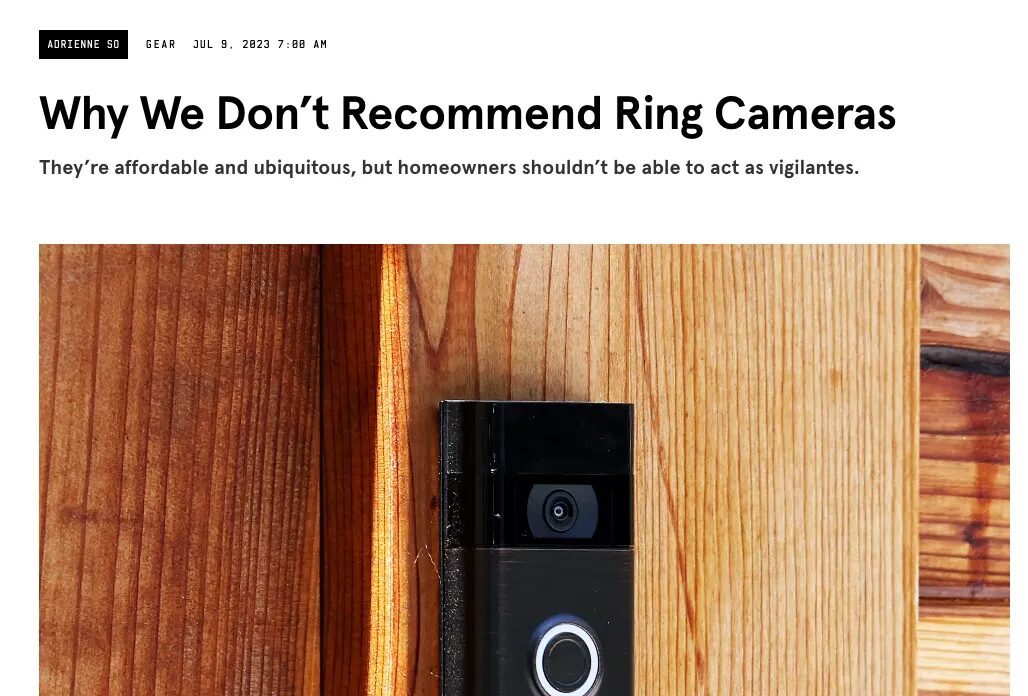
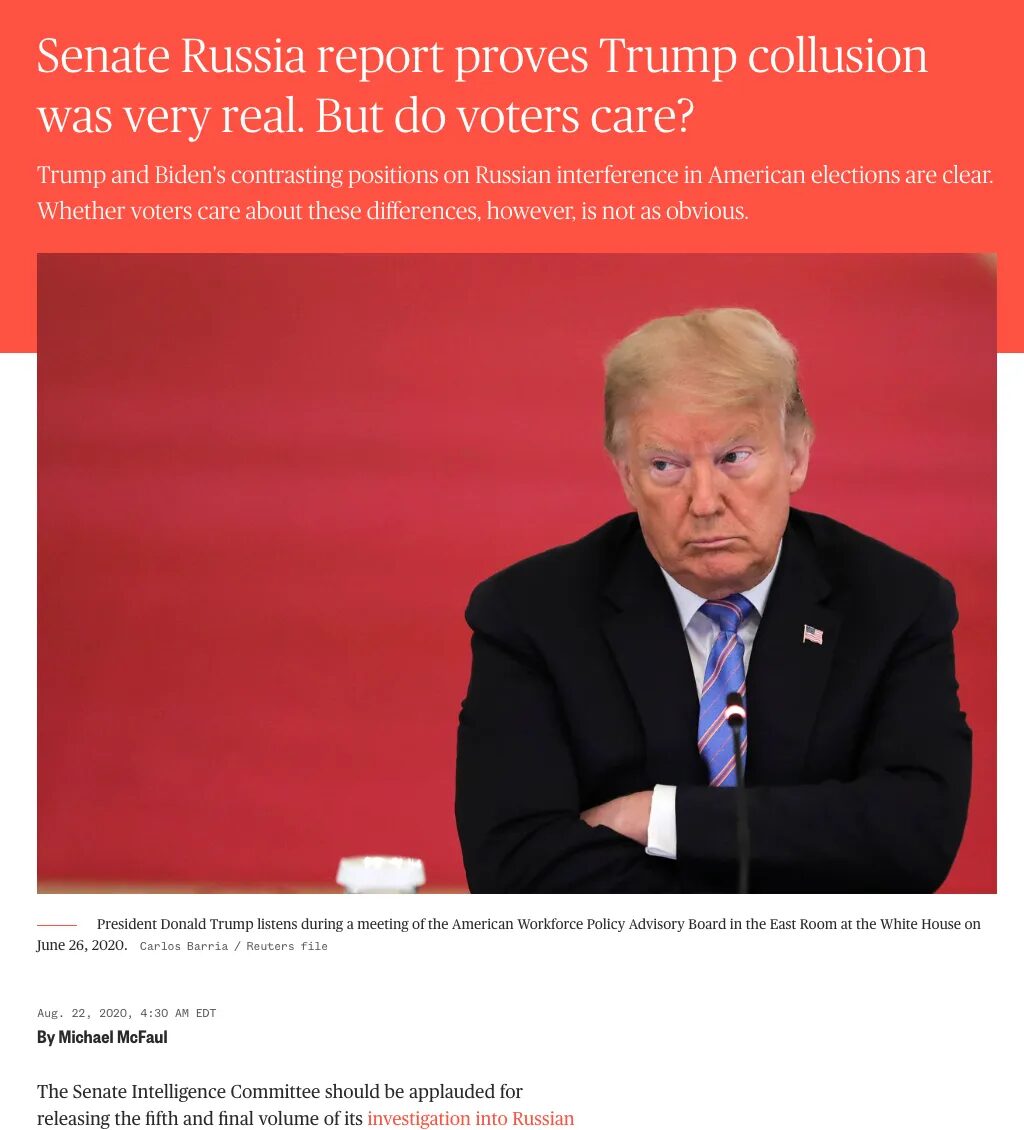

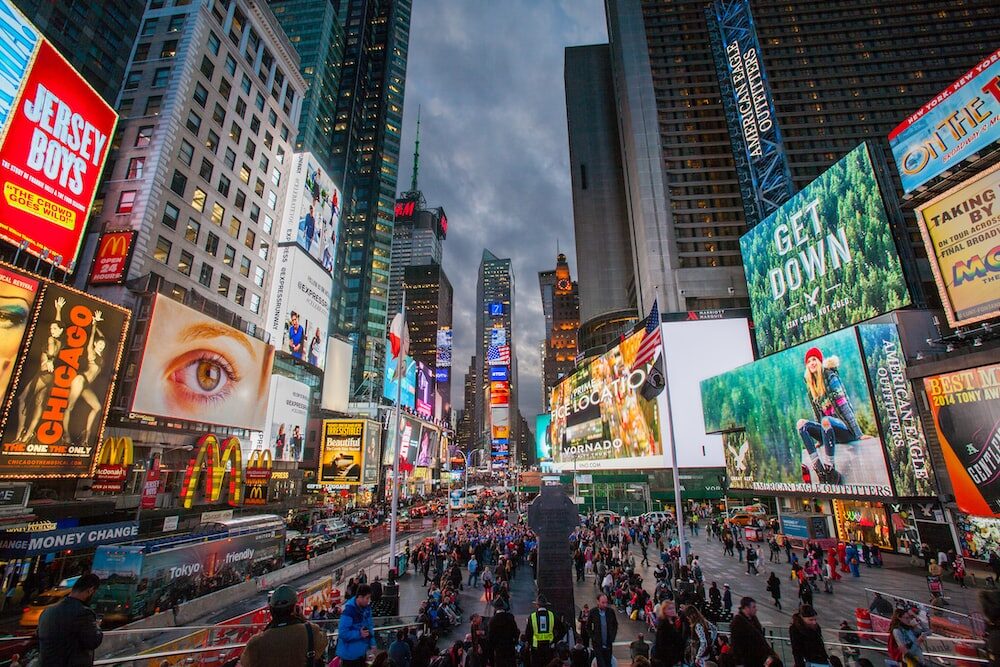
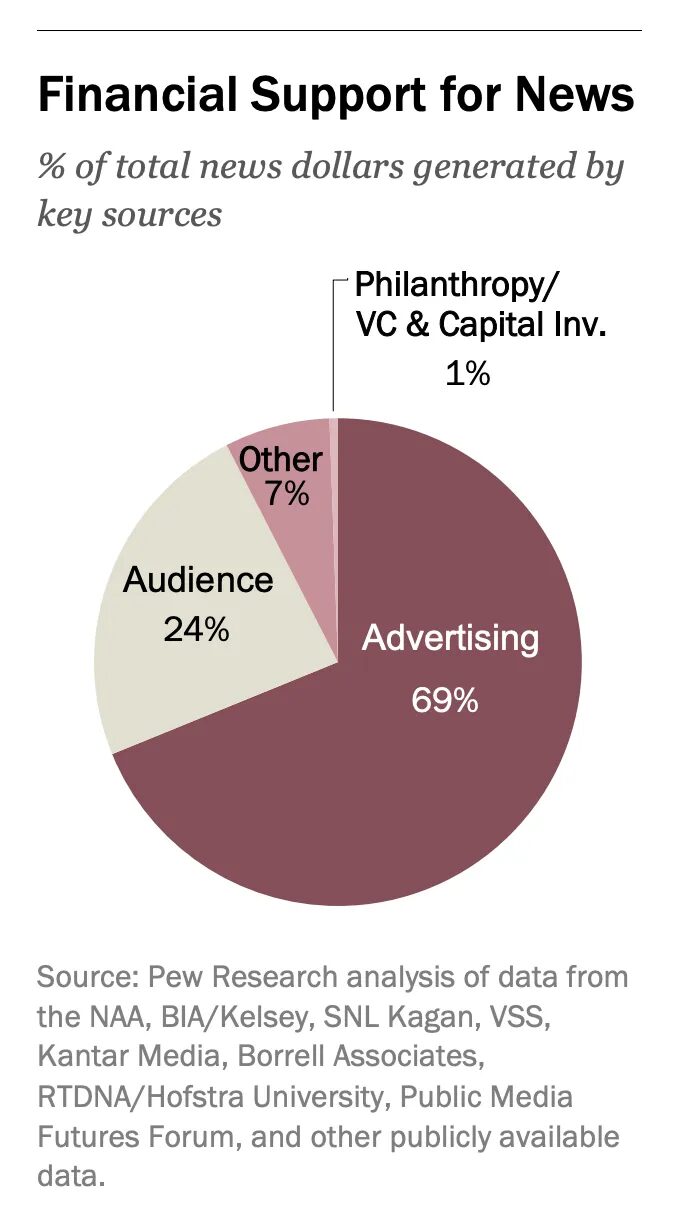
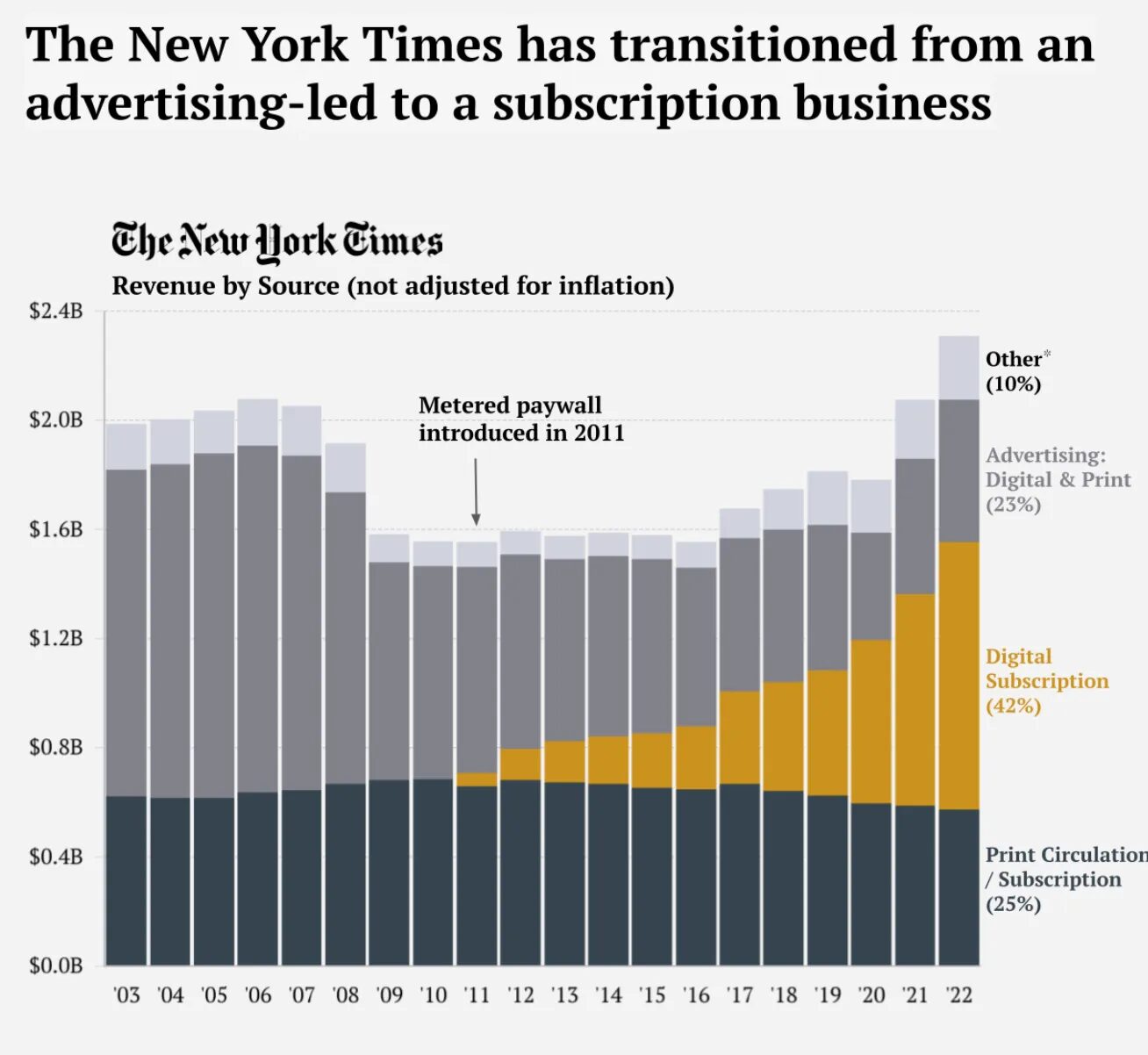
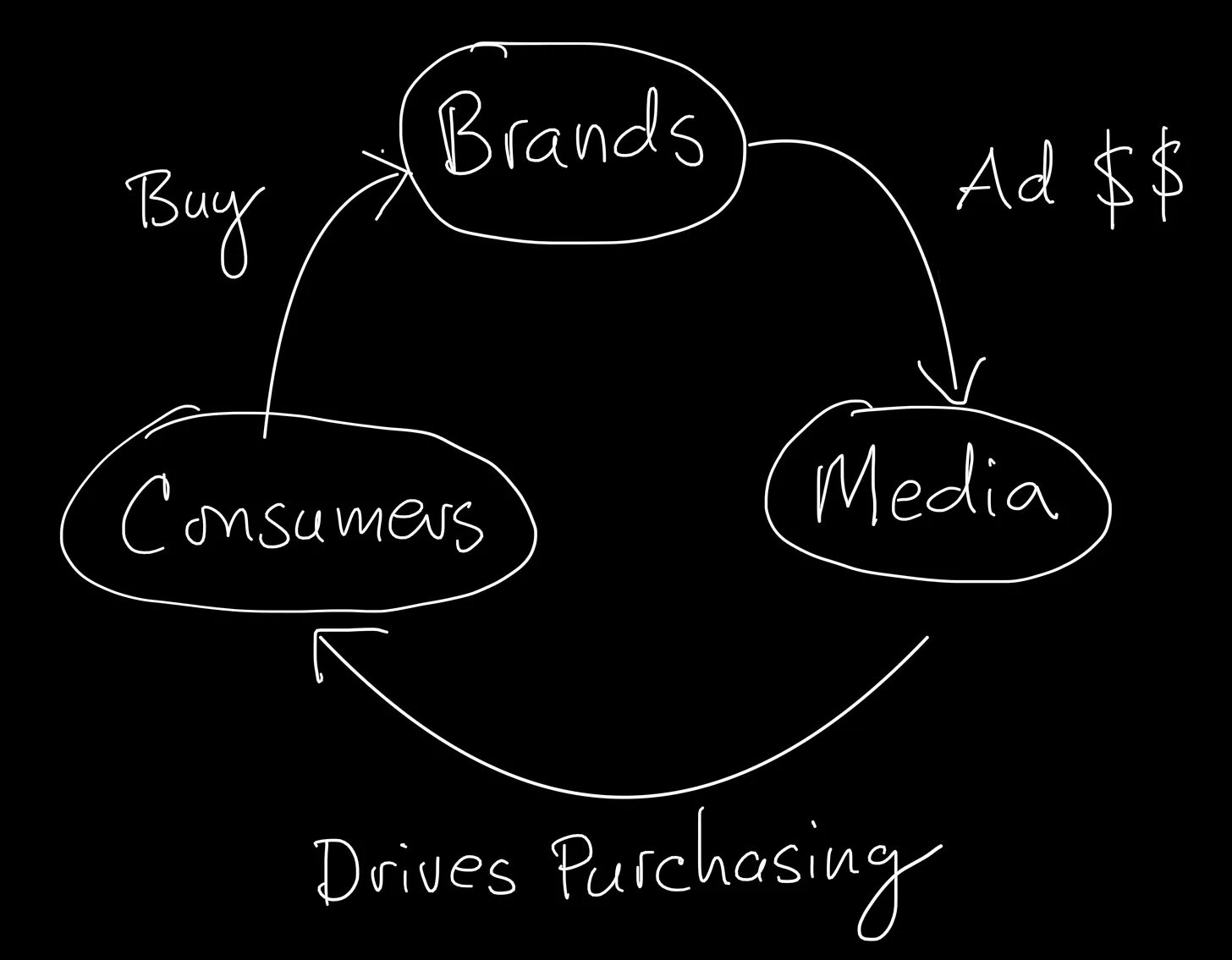
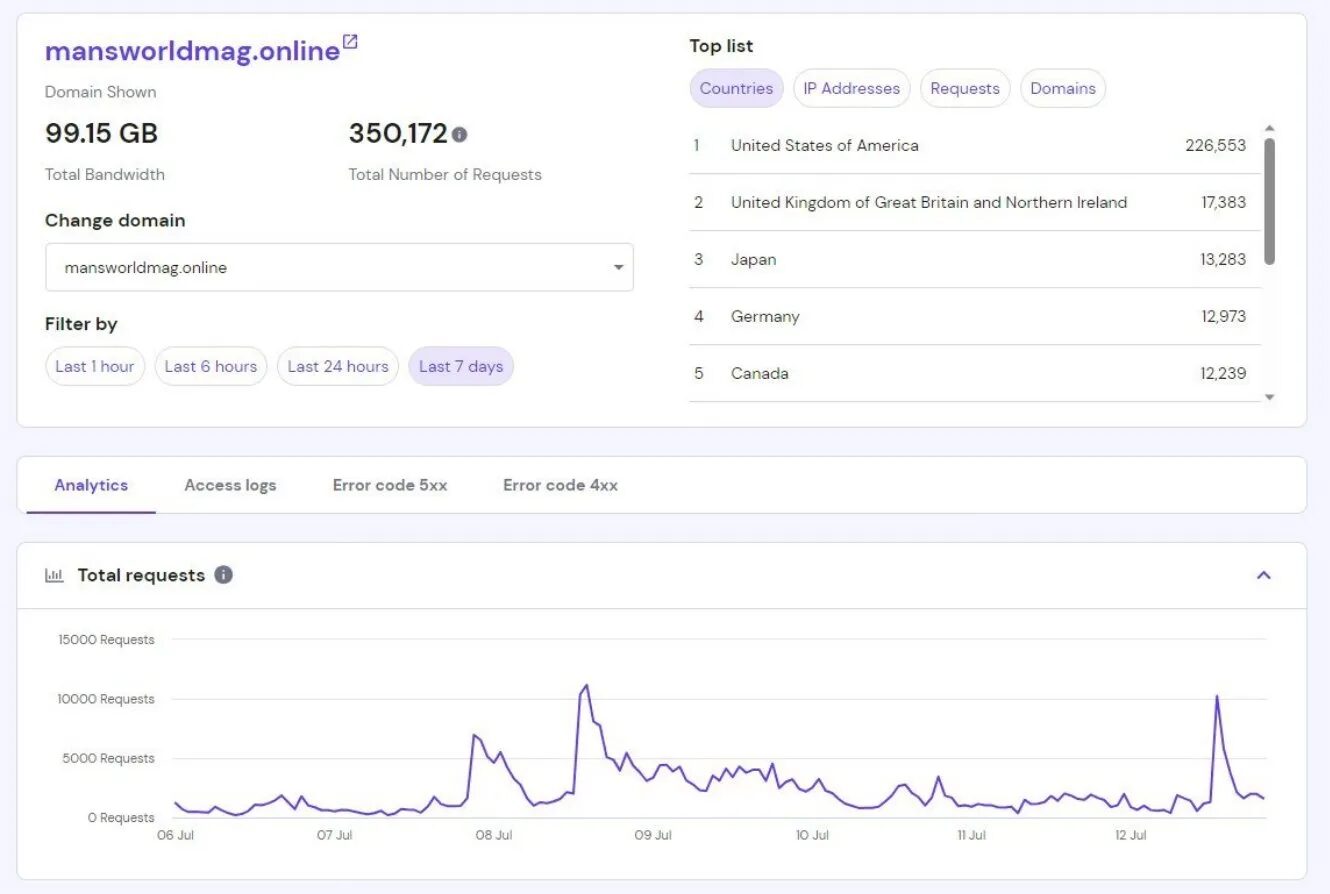



Our economy is also dependent on war. If you managed to eliminate the need for GE, Raytheon, Global Dynamic and Boeings weapons and military divisions, the West's economies would collapse. That's also why we're sending all our old shit to Ukraine, so we can replace it and boost our failing economy. Except Russia, China, India and others can see behind the curtain now.